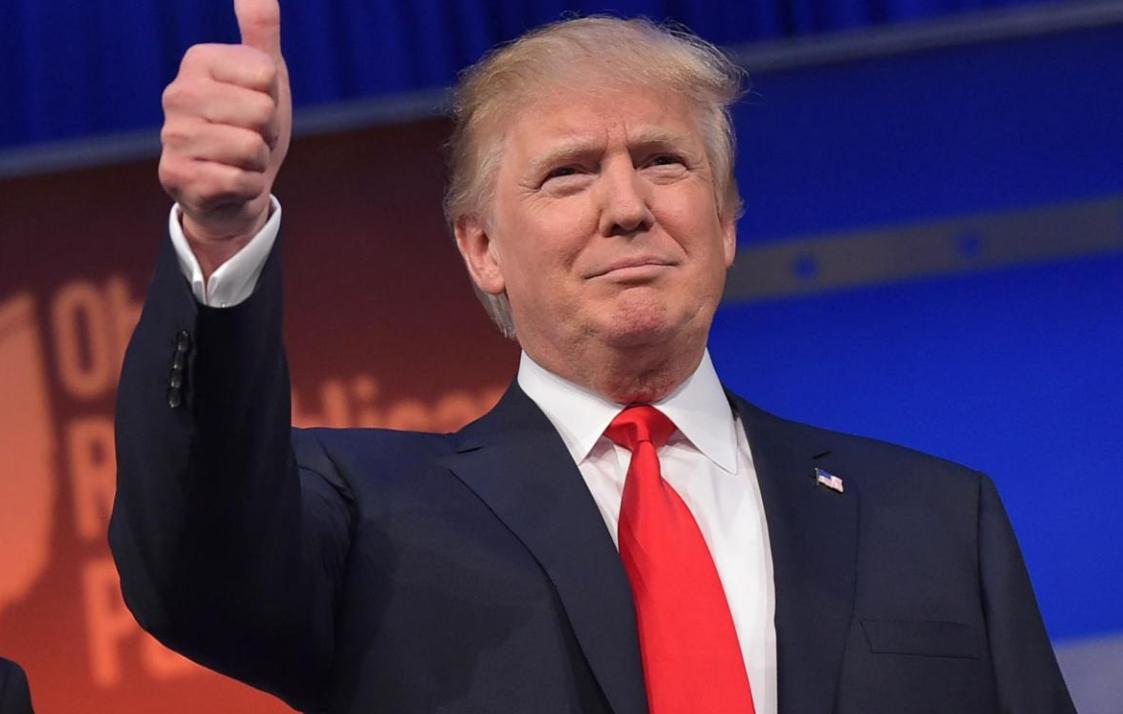Clues from bonds
The bond market can also give clues as to whether inflation really is a problem, says Van der Welle. “If you look at the shape of the yield curve, bond investors are not particularly worried about inflation,” he says. “Consensus estimates for the US expect inflation to halve between the first and fourth quarters of 2022, and we largely agree.”
“Given the declining base rate effects of the year-on-year energy price increases, this will cause headline inflation to fall, and overall, the picture will be a kind of battle between receding, non-cyclical core inflation and the price rises that are being created by ongoing supply chain constraints.”
“On the other hand, there is a feeling that a pick-up in wage growth could raise core inflation, especially as the US labor market progresses towards full employment by mid-2022. It will be interesting to watch which force will prevail, but overall it’s likely that the inflation numbers will come down from these elevated levels.”
Post-pandemic playbooks
Investors can expect though a major role to be played in economic developments by central banks as rates start to rise and stimulus comes to an end. “Hopefully there will be a reassertion of independence of central banks, although this is unlikely given the government debt financing that remains necessary today,” says Graham.
“We do though expect a more dovish Fed, since Biden has to make three nominations for the FOMC and he can use them to shape policy. He could nominate more dovish members for the committee, or more people with a labor market background that will change the dynamics on the committee.”
“Given the tapering of quantitative easing that is due in the first quarter, we think the Fed will want to see how that plays out before they raise interest rates. They also won’t want to do anything from six to eight weeks before the mid-terms in case this is seen as a political move, though theoretically an earlier hike well before the elections could be seen as some hope for Biden because it would address the inflation issue.”
Pressure from labor markets
Labor markets will also play a greater role, as acute shortages of workers in key sectors allows them to demand higher pay. “We think that over the next year, the focus on labor markets will be a bigger driver of central bank action, at least in developed economies,” says Van der Welle.
“Central banks have the tools to deal with inflation through aggregate demand, but it is much more difficult to contain wage growth as workers get more bargaining power once full employment is reached. Many economies have significant labor shortages, as seen with the lack of lorry drivers in the UK and Europe, which in some cases has doubled the wages of certain groups.”
Commodities and emerging markets
Turning to commodities, this is often seen as an indirect play on emerging markets, many of which are highly dependent on mineral production and prices. But these should still be seen as two different beasts when it comes to asset allocation, says Graham.
“Emerging markets are still highly dependent on China and whether the Chinese can turn their economy around,” he says. “It’s as much a play on China as anything else. Investing in emerging markets also means taking on a lot of commodity-based exposure, and from our top-down perspective, we’d rather approach that as a commodity exposure instead of an emerging market investment.”
“It’s important to remember that there are significant value and growth valuation differentials between emerging and developed markets. It’s very rare that leadership changes within a bull market, so as investors we would be more inclined to stick with the winning sectors.”
“We’d be very surprised if emerging market stocks outperform developed market equities or growth stocks in 2022”





